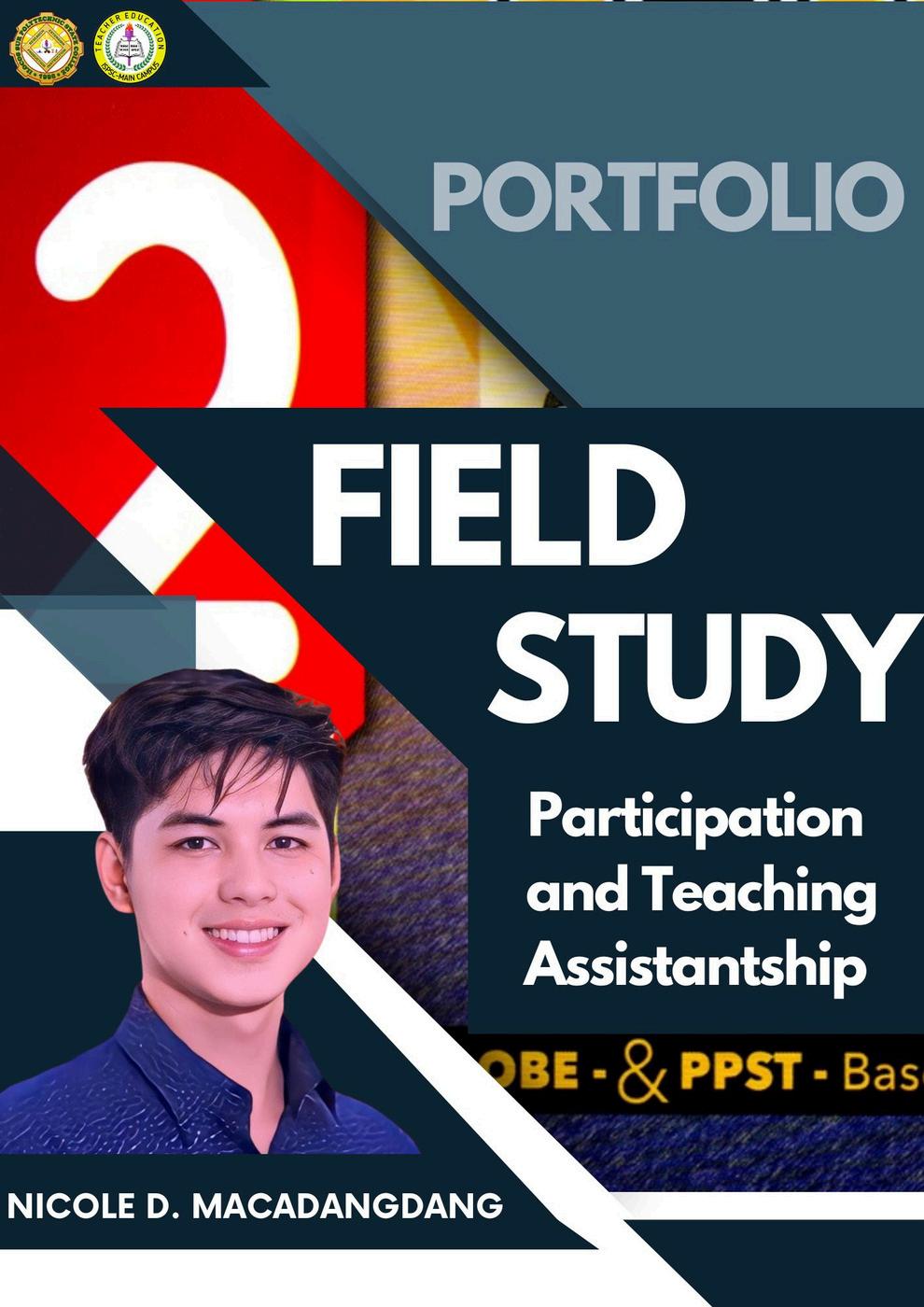
Establishing My Own Classroom Routines and Procedures in a F2F/Remote Learning


Establishing My Own Classroom Routines and Procedures in a F2F/Remote Learning




The four photos above shows the daily routines that my CT does, which are also part of my own daily routines that I've written in the first part of this episode. We can see these activities happens before, during, and after class. They are important because I noticed that my CT starts his lessons on time and teaches very effectively. I observed that there is a clear structure in the classroom from beginning to end. Therefore, I believe that my own daily routines and methods will help me keep my future classes organized too.
I look into the problems and plans of managing a classroom. Before the class starts, I have to deal with students coming late and issues with technology. When the class is going on, I work hard to keep the students interested and control their actions and time well. After the class, I handle tasks that are not finished and make sure the class ends properly. To get better, I want to give rewards for students being on time like early bird catches the worm, use better technology to have less problems, have clear rules for how to act, manage time during activities, and use lists and routines to finish tasks and end the class. This process of making classroom routines better shows how teaching changes over time and my dedication to creating a good learning space.
Philosophical Statement
I believe that a classroom should be a community of learners where respect, curiosity, and a love for learning thrive. My role is to facilitate a safe and dynamic environment where every student feels valued and empowered to reach their full potential.
Classroom Rules & Procedure
Be Respectful - Listen when others are speaking and treat everyone with kindness
Be Responsible - Take care of classroom materials and complete assignments on time.
Be Ready - Come prepared with the necessary supplies and a positive attitude for learning.
Teacher-Student Relationship
I strive to build trusting relationships with my students by being approachable, fair, and consistent. I will get to know each student's interests and learning styles to tailor support that meets their individual needs.
Schedules and Timeframes
Our class will follow a daily schedule that includes a mix of whole-group instruction, small group activities, and individual work time. Transitions between activities will be smooth and efficient to maximize learning time.
Classroom Structure, Design, & Arrangement
The classroom will be arranged to promote collaboration and easy access to resources. Desks will be grouped to facilitate group work, and a quiet corner will be available for individual study or reflection
Classroom Safety Rules & Prodcedure
Stay Safe - Keep hands and feet to yourself and walk at all times in the classroom.
Emergency Procedures - Learn and practice fire, lockdown, and evacuation drills regularly.
Strategies for Rewards and Consequences
Rewards - Students will receive positive reinforcement through praise, class points, and privileges for demonstrating expected behaviors.
Consequences - If classroom rules are not followed, a step-by-step approach will be used, starting with a reminder, followed by a warning, and if necessary, a meeting with parents or guardians.
I've realized that managing a classroom is a delicate balance between providing structure and being adaptable. Initially, I focused on setting clear rules and routines, which helped create a stable environment. However, I quickly learned that each student's needs are unique, and my plan had to be flexible enough to accommodate them.
According to my CT, the challenge of engaging remote learners taught him the importance of creative solutions and the need to consider various home situations and technological access. Through this process, I discovered that classroom management is not just about order but about nurturing an environment where students can grow and become responsible learners.
This journey has taught me that being a reflective educator is crucial. It's about continuously adapting and improving to create a learning space that is inclusive and effective for all students. It has reinforced my commitment to inspire a love for learning that goes beyond the classroom walls.
Paste 1 lesson plan and write your simple reflection (100 words reflection)









As a future educator, I believe that making lesson plans is very important, just like going on a trip with necessary kits. Every student makes the class more varied and interesting, so it’s key to make lessons that match the study plan and are also interactive. Collaboratively making lesson plans has really helped me, because we can share ideas and make lessons that include everyone. This isn’t just about meeting goals, it’s about making a place where all students feel involved and valued. In the end, this is about my personal journey in understanding my dedication to teaching and its ability to bring about change, starting with one good lesson at a time.
The lesson plan shown is a good example of a complete and detailed lesson plan that covers everything needed for that subject on that day. When making a lesson, it's very important to remember to add the most important parts: what you want the students to learn, what you will teach, what you will use to teach, and how you will teach it. These parts help you make a good lesson plan.